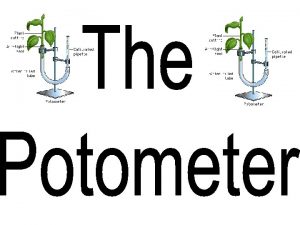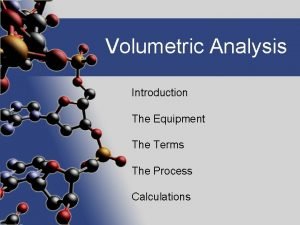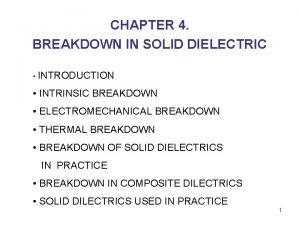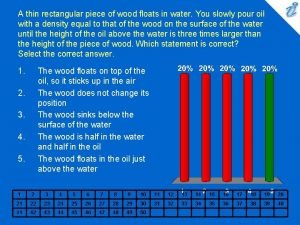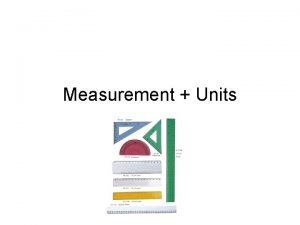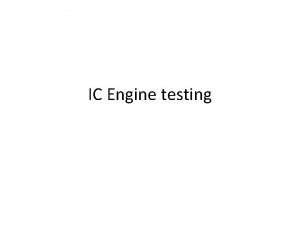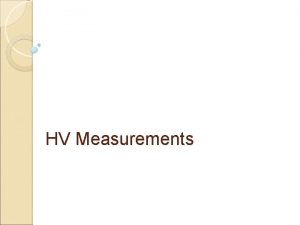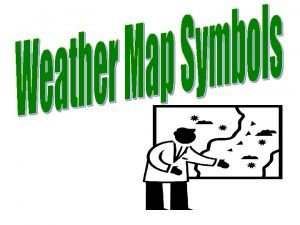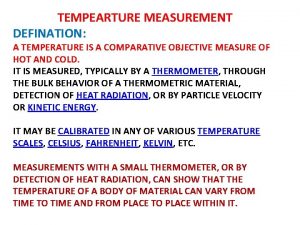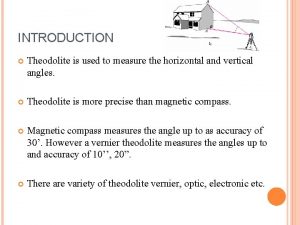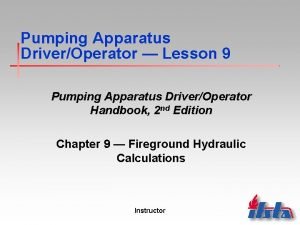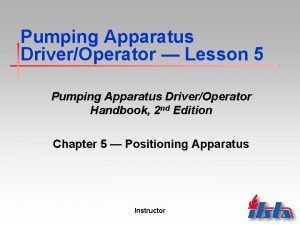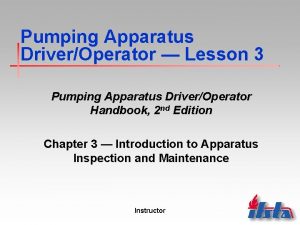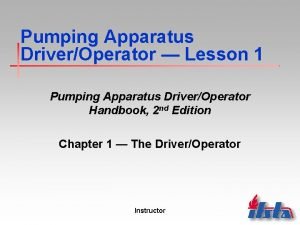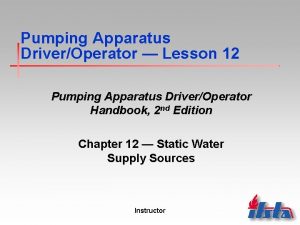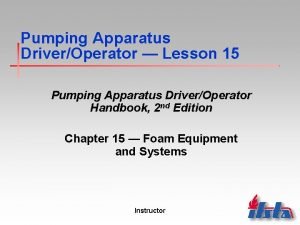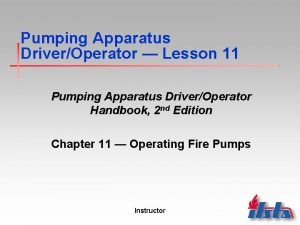A piece of apparatus used to measure water















- Slides: 15


• A piece of apparatus used to measure water uptake of a shoot. • As water evaporates from the leaves the shoot takes up water from the apparatus The distance the air bubble moves in a particular time is used to calculate the rate of water uptake

• It does not measure the rate of transpiration • Some of the water taken up by the plant will be used in photosynthesis • Some will be used to support the plant • Therefore the volume of water transpired will not be the same as the volume taken in.

Vaseline seal to reset bubble

Setting up the potometer • The apparatus must be assembled underwater - to prevent unwanted air bubbles in the water column (xylem) • The apparatus should be sealed with vaseline - to prevent air leaks • The reservoir allows the apparatus to be reset – to enable replicates to be carried out or the effect of other environmental factors recorded.

• The potometer can be used to test how environmental factors affect the rate of water uptake • Conditions which increase the rate of evaporation will increase the rate of water uptake eg high temperatures or high wind speed • Conditions which decrease the rate of evaporation will decrease the rate of water uptake eg humidity

• High temperatures – This affects the rate of water uptake because it increases the evaporation from the leaf surface, as there is more KE – The potometer can be placed in different areas which have differing temperatures but there should be no increase in light intensity or air movement.

• Wind Speed – This affects the rate of water uptake because it increases the evaporation from the leaf surface – A fan set at different speeds can be used to increase wind speed but it should not increase temperature.

• Humidity – This affects the rate of water uptake because it decreases the evaporation from the leaf surface – A clear plastic bag placed over the shoot can be used to increase humidity. – This decreases the concentration gradient between the leaf and the air – So less water vapour is lost.

• Leaf Surface Area – This is not an environmental factor but it does affect the rate of water uptake. – Leaves with a large surface area or a shoot with a large number of leaves will have a greater number of stomata – This will mean there can be more diffusion out of the leaf and hence an increase in the rate of water uptake




• Calculate the rate of water loss by dividing the loss in mass by the time (water loss per hour) • Repeat and average • Repeat expt with bag over shoot (more humid) • Keep light intensity, temperature and shoot the same

• Calculate the rate of water loss by dividing the weight lost by the time (units g per hour = g h-1) • Repeat the experiment and find the average water loss per hour • Repeat the experiment with the shoot in a bag. • Keeping the light intensity, temperature and shoot the same.
 Apparatus to measure water
Apparatus to measure water Water and water and water water
Water and water and water water Volumetric analysis lab report
Volumetric analysis lab report How to separate salt and sand chemistry
How to separate salt and sand chemistry Intrinsic breakdown in solid dielectrics
Intrinsic breakdown in solid dielectrics Wood floats on water
Wood floats on water Thermochemistry review
Thermochemistry review Is measure for measure a comedy
Is measure for measure a comedy Air temperature
Air temperature Opisometer unit
Opisometer unit Motoring test in ic engine
Motoring test in ic engine Generating voltmeter
Generating voltmeter Rain gauge is used to measure
Rain gauge is used to measure Maxwell wien bridge
Maxwell wien bridge Pyrometer
Pyrometer Theodolite vernier scale reading
Theodolite vernier scale reading
